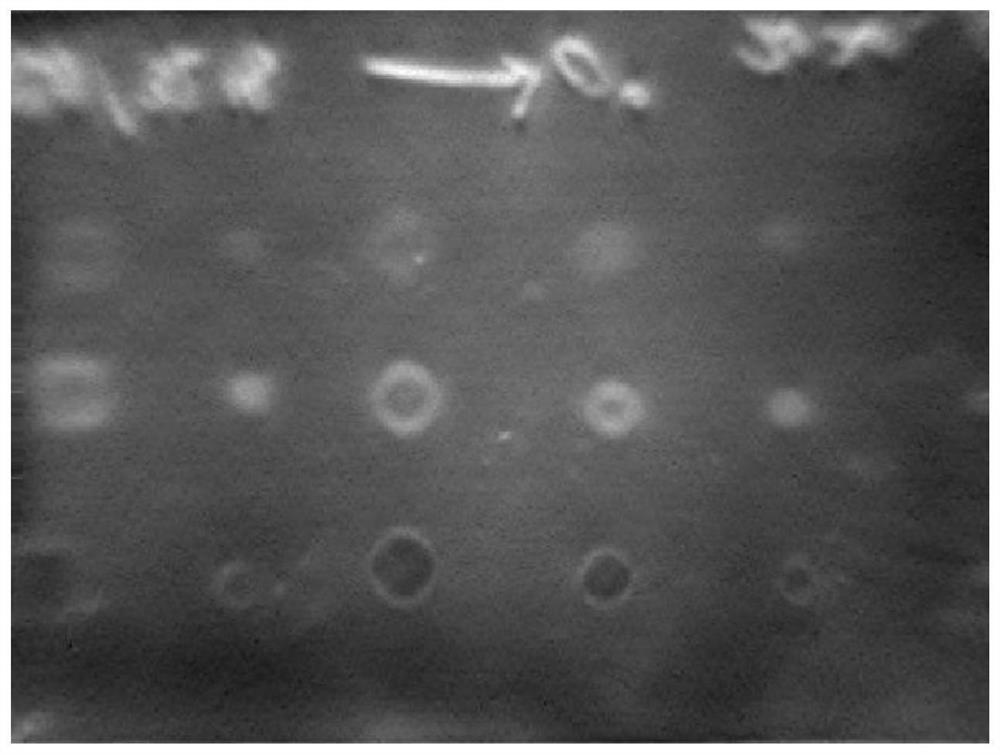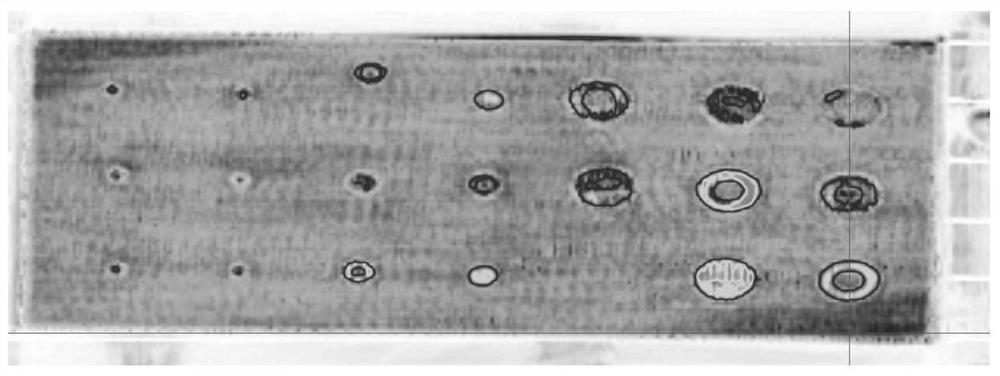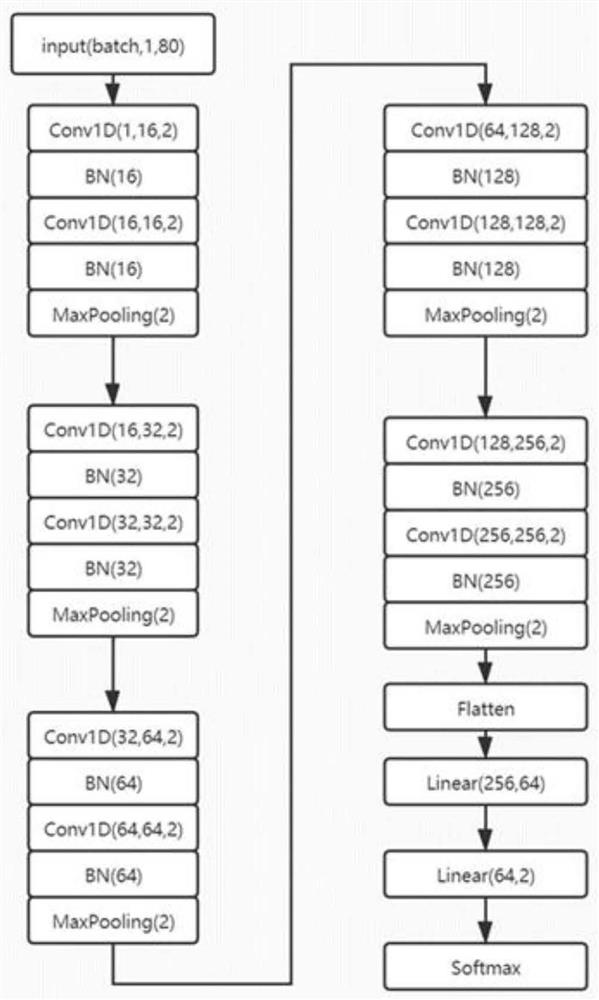Composite material defect detection method and system based on infrared and ultrasonic signal fusion
A technology of ultrasonic signals and composite materials, applied in neural learning methods, character and pattern recognition, instruments, etc., can solve the problems of not being able to reflect the location of defects well, the influence of human factors is large, and the classification accuracy is not high, so as to achieve flaw detection. The effect of high sensitivity, strong penetration and wide range of use
- Summary
- Abstract
- Description
- Claims
- Application Information
AI Technical Summary
Problems solved by technology
Method used
Image
Examples
Embodiment Construction
[0050] The following will clearly and completely describe the technical solutions in the embodiments of the present invention with reference to the accompanying drawings in the embodiments of the present invention. Obviously, the described embodiments are some of the embodiments of the present invention, but not all of them. Based on the embodiments of the present invention, all other embodiments obtained by persons of ordinary skill in the art without making creative efforts belong to the protection scope of the present invention.
[0051] In the description of the present invention, it should be understood that the terms "comprising" and "comprising" indicate the presence of described features, integers, steps, operations, elements and / or components, but do not exclude one or more other features, Presence or addition of wholes, steps, operations, elements, components and / or collections thereof.
[0052] It should also be understood that the terminology used in the descriptio...
PUM
 Login to View More
Login to View More Abstract
Description
Claims
Application Information
 Login to View More
Login to View More - R&D
- Intellectual Property
- Life Sciences
- Materials
- Tech Scout
- Unparalleled Data Quality
- Higher Quality Content
- 60% Fewer Hallucinations
Browse by: Latest US Patents, China's latest patents, Technical Efficacy Thesaurus, Application Domain, Technology Topic, Popular Technical Reports.
© 2025 PatSnap. All rights reserved.Legal|Privacy policy|Modern Slavery Act Transparency Statement|Sitemap|About US| Contact US: help@patsnap.com



